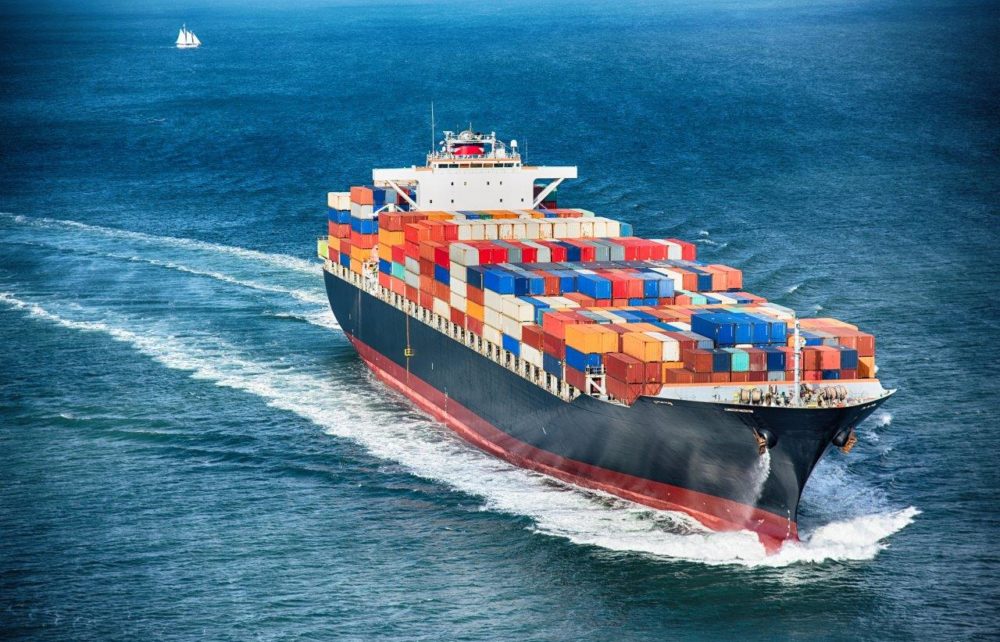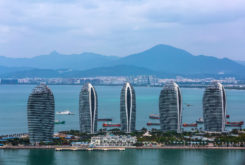Trade in merchandise between China and Portuguese-speaking Countries reached USD 51.775 billion in the period from January to May 2020, nearly 13% less than in the same period of 2019.
According to data from China Customs, Angola was the worst performing market, with a 35% drop in trade, to USD 7.21 billion, nearly USD 400 million less than in the first 5 months of 2019.
Chinese imports from Angola, mostly oil, sank 36%, to USD 6.67 billion, while exports to Angola dropped 28%, to USD 540 million.
Brazil, the largest trading partner among lusophone countries, also contributed to the drop, with total trade at USD 41 billion in the first 5 months of the year, 6.5% bellow last year (minus USD 2.9 billion).
Chinese imports from Brazil fell 5.6%, while exports to Brazil were 8.8% lower.
In total Portuguese-speaking Countries sold goods worth USD 37.1 billion to China in the first five months of 2020 – a fall of 12.93 percent year-on-year.
The value of China’s merchandise exports to those countries reached USD 14.675 billion in the same period, down by 9.56 percent year-on-year, according to Chinese official data.
The total value of merchandise traded in May between the parties topped USD 9.947 billion, an increase of 0.88 percent from the previous month.
The value of China’s merchandise imports from Portuguese-speaking Countries reached USD 6.997 billion, up by 1.76 percent month-to-month, according to Chinese official data.
China sold goods to those countries worth USD 2.95 billion in May, a decrease of 1.15 percent compared with the previous month.
From January to May, Chinese trade with Portugal dropped nearly 8%, to USD 2.46 billion.
Total trade with Mozambique was 876 million, 9% less than a year ago, with both imports and exports falling at a similar pace.
Chinese trade with São Tomé e Príncipe fell 8% in the first 5 months of the year, while Guinea-Bissau dropped nearly 6%.
Fluxes between China and Portuguese-Speaking countries that grew in the same period were the ones with Cabo Verde (40%, to USD 33 million), and Timor-Leste (7%, to USD 48 million).




